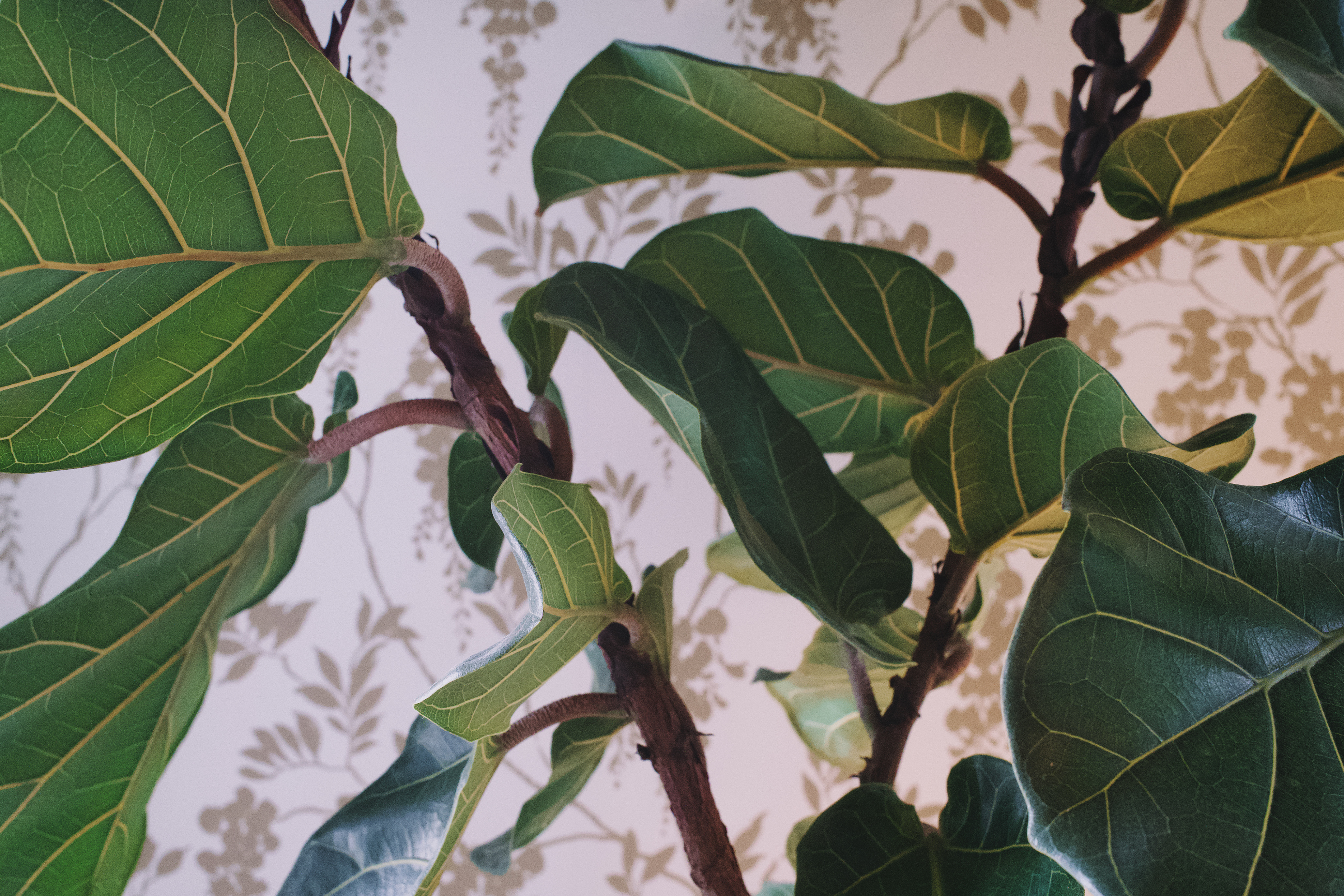Breathing New Life into Instapaper
At the start of this year, I put my Instapaper use into overdrive. Instapaper has always been one of my favorite apps, and consistently one of my most used. Even so, I didn’t have much of a system for using it and it was taking the form of a teenager’s unkept bedroom. It needed some tidying up and a new plan for keeping it tidy. I found what works for me.
The first step was to go through the whole mess and archive/delete anything I wasn’t really going to read. There were a bunch of articles from years back I clearly was never going to read, and so I unceremoniously wiped them out. Next, I set up daily To Do reminders to read one article a day, any article at all. But on Saturdays, I read the longest article I had saved. On Mondays and Thursdays, I would read the oldest. Instapaper makes this easy with their convenient Sort feature on iOS.
My account currently has about 70 unread articles in it, and for some reason it seems to permanently hover around that number. Even though I’m constantly adding articles and the oldest article is only from a few months ago.
Lately, my focus on the internet has shifted. The social web 2.0 stuff has taken a back seat to plain old reading. I took a break from Instagram, Twitter, etc. and leaned hard into my RSS reader. I’ve been thinking more about the web as a publishing platform than a messaging forum. It seems like while most people are pushing for more and more micro-conversations, we’ve lost sight of a healthier, meatier web. A web of good reading and writing. By placing greater attention on instapaper and longer-form reading, the internet became a more nutritious place. Less snark and more information.
The next move for me is to find a way to write and publish more myself.
